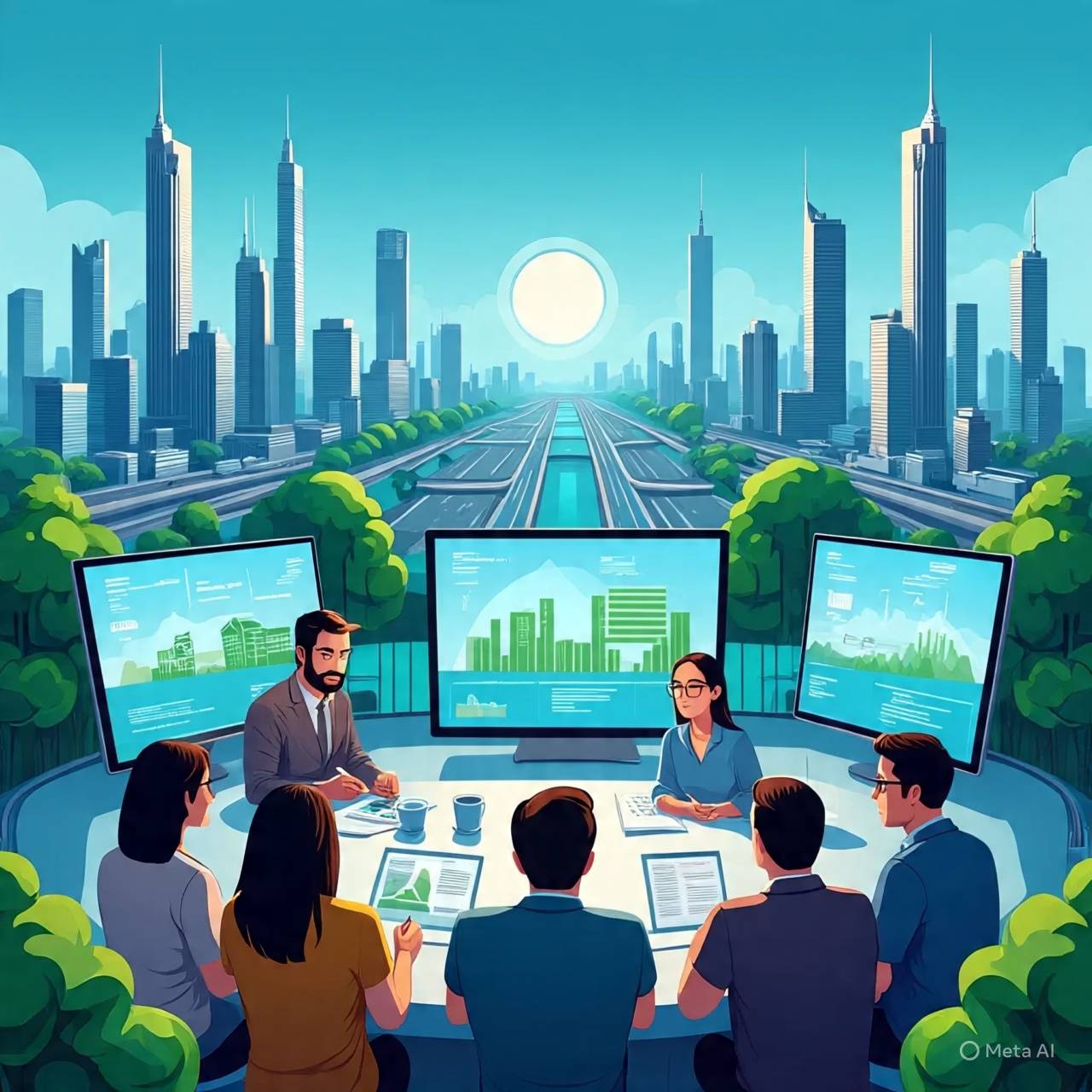The Rise of Virtual Reality in Education. Virtual Reality (VR) is transforming education by creating immersive learning experiences that enhance engagement and understanding. VR enables students to explore complex concepts in interactive environments, making learning more experiential and effective. From simulating science experiments to virtual field trips, VR's applications in education are expanding rapidly.
In education, VR offers immersive simulations that allow students to practice skills in safe, controlled environments. For instance, medical students can use VR to simulate surgeries, gaining hands-on experience without risks (Bailenson, 2018). VR also enables virtual field trips to historical sites or distant planets, broadening access to experiential learning beyond physical limitations. Students can explore ancient civilizations or conduct virtual dissections, enhancing comprehension of complex subjects. VR enables students to explore complex concepts in interactive environments, making learning more experiential and effective.
VR's interactivity boosts student engagement by making learning more hands-on. Studies show VR can improve retention and understanding by allowing students to interact with content in three dimensions (Freina & Ott, 2015). Customizable VR experiences cater to different learning styles, potentially bridging gaps in traditional classrooms. VR's immersive nature can also make abstract concepts more tangible, aiding in subjects like physics or geography.
Despite VR's potential, challenges include cost barriers and the need for teacher training. High-end VR equipment can be expensive and costly, limiting access in resource-constrained schools (Radianti et al., 2020). Ensuring VR content aligns with curricula and pedagogical goals requires educator involvement. Concerns about prolonged VR use impacting student health also necessitate balanced implementation.
The future of VR in education likely involves more integration as technology becomes more accessible and affordable to everybody. Collaborations between educators and VR developers will shape contents that maximizes learning outcomes. As VR tools advance, they may become standard in curricula, offering new ways to engage students and teachers.


